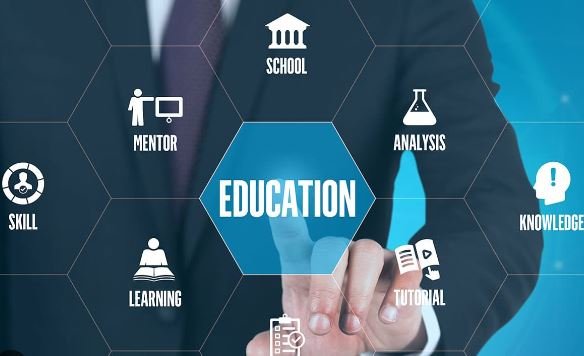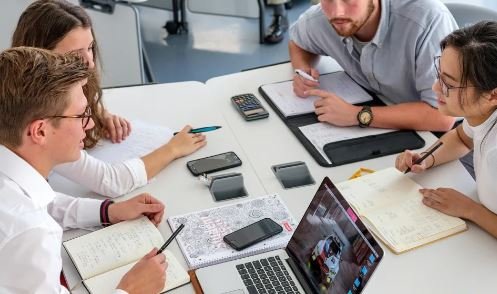It is no secret that education plays a crucial role in shaping the future of individuals and societies. In an ever-evolving world, it is essential for education systems to adapt and stay relevant. Unfortunately, Australia’s tertiary education system seems to be at odds with the times.
While Australia has a reputation for its high-quality education, the tertiary system is facing numerous challenges that hinder its ability to meet the needs of students and the demands of the modern era. Let’s explore some of these challenges and potential solutions:
Theoretical Emphasis vs. Practical Skills
One of the primary criticisms of Australia’s tertiary education system is its heavy emphasis on theoretical knowledge over practical skills. Many graduates find themselves ill-prepared for the workforce, lacking the hands-on experience and practical skills required in today’s job market.
Solution: To bridge this gap, universities and vocational institutions should collaborate more closely with industries to develop programs that incorporate real-world experiences and internships. By providing students with practical skills alongside theoretical knowledge, we can better equip them for the challenges of the modern workplace.
Outdated Curriculum
Another issue plaguing the tertiary education system is the outdated curriculum. Technology and industries are evolving rapidly, yet the curriculum often fails to keep pace. This disconnect leaves graduates with a knowledge gap and makes it difficult for them to adapt to the ever-changing job market.
Solution: Regular curriculum reviews and updates are necessary to ensure that students are equipped with the most relevant and up-to-date knowledge and skills. Collaboration between educators, industry professionals, and policymakers can help identify emerging trends and incorporate them into the curriculum.
Accessibility and Affordability
Accessibility and affordability are significant concerns for many aspiring students. The rising cost of tuition fees and the limited availability of scholarships and financial aid make higher education inaccessible for many individuals, leading to a lack of diversity and missed opportunities for talented individuals.
Solution: To address this issue, the government and educational institutions should work together to develop more accessible and affordable options. This could include increasing funding for scholarships and grants, promoting alternative pathways such as vocational education, and exploring innovative models like income-contingent loans.
Digital Transformation
The COVID-19 pandemic has highlighted the importance of digital transformation in education. While some institutions quickly adapted to online learning, others struggled to provide effective and engaging remote education. The digital divide among students further exacerbates the issue, leaving some students at a disadvantage.
Solution: Investing in digital infrastructure and providing training and support for educators to deliver high-quality online education is crucial. Additionally, efforts should be made to bridge the digital divide by providing access to technology and internet connectivity for all students, ensuring equal opportunities for learning.
Global Competitiveness
Australia’s tertiary education system has traditionally been attractive to international students. However, increasing competition from other countries and the impact of the pandemic on international travel have raised concerns about maintaining Australia’s global competitiveness in the education sector.
Solution: To remain competitive, Australia needs to enhance its reputation for high-quality education and create an inclusive and welcoming environment for international students. Streamlining visa processes, providing support services, and promoting cultural diversity can help attract and retain international students.
It is crucial for Australia’s tertiary education system to address these challenges and adapt to the needs of the modern era. By embracing innovation, collaboration, and inclusivity, we can ensure that our education system prepares students for success in an ever-changing world.







